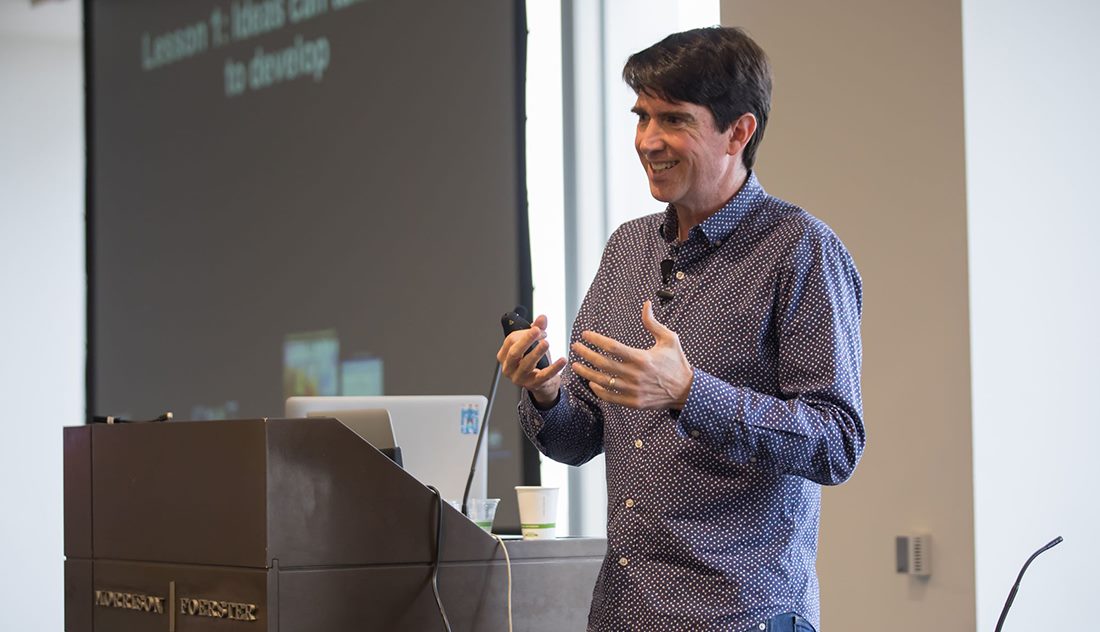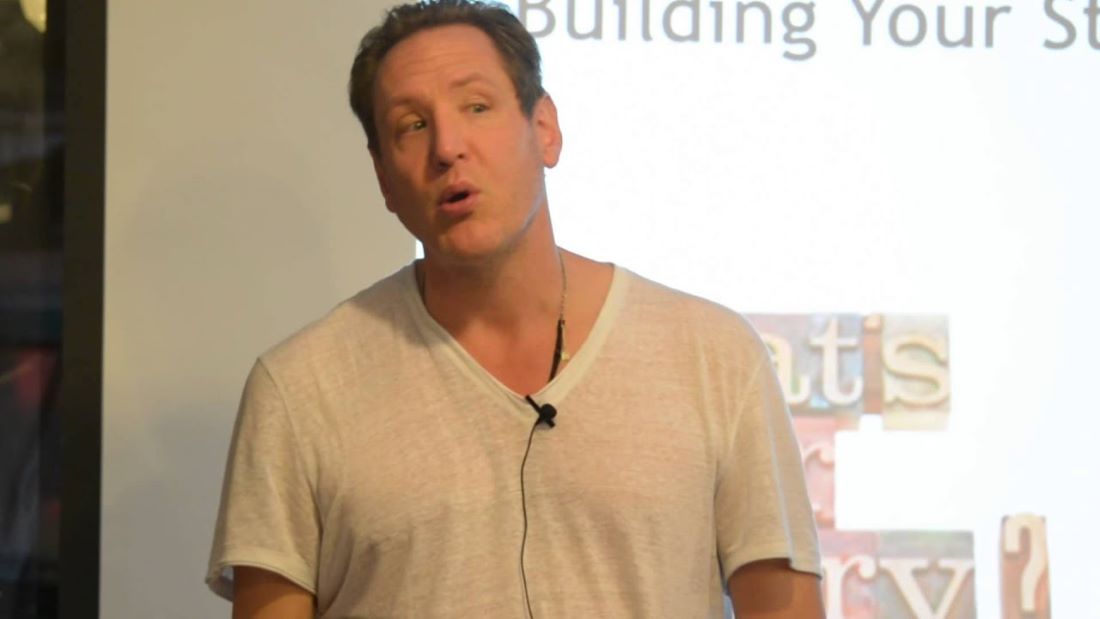
Adam Cheyer breaks down his step-by-step formula for sizing up a startup idea and making it a success.
There may be no magic formula for launching the next Google, Facebook or Apple. But according to Adam Cheyer, there are a few steps founders can take to size up ideas and help to drive them towards success.
Cheyer has a track record to back it up: As co-founder of Siri, he helped to transform the iPhone experience after Siri was acquired by Apple in 2010. He was also on the founding team at Change.org, the largest petition site in the world, and later created Viv Labs, a personal assistant software acquired by Samsung.
Lesson #1: Playing The Long Game
Commercial success doesn’t necessarily arise from a lightbulb moment. It often takes time to cultivate, in some cases years.
“Siri seemed to many like such an overnight success,” Cheyer says. “But the reality behind that was that it took two years of commercial hard work to get there. Before that, there was a five year research phase, during which I led technology development for the largest AI project in U.S. history researching intelligent assistants. And before that, I worked on the problem for over a decade, in both research and commercial settings. Basically, it was something like 17 years of work from the lightbulb moment to get to the point where Steve Jobs called.”
Lesson #2: Timing It Right
“Not every successful startup idea will take 17 years to develop — but it might take longer than founders think,” Cheyer says. One question often asked is: How do you know when is the right time to try an idea as a startup?
It’s an important question, because if you launch too early, the world might not be ready to fully appreciate your idea — but if you launch too late, you will miss the opportunity and not catch the rising tide at the right moment.
Cheyer uses two tools to answer this question: trends and triggers. First, he studies technology topics that are emerging at the time, and develops views about where the world is going, and what has substance versus what’s just a fad. Once he feels he has a perspective, Cheyer waits for a “trigger” moment that confirms his prediction and gives him unique insight into what is going to happen over the next few years.
An example? In 2004, Cheyer predicted that an interface paradigm would emerge to enable access to all the world’s content and services in a new way. When the iPhone came to market, despite many pundits predicting failure, Cheyer felt this was exactly what he had been waiting for. Looking forward two years, he posited that every handset manufacturer and telecom would be desperate for a new technology to compete with the iPhone, and he felt that Siri could be just what they needed. So he and two co-founders started a company to build it.
Lesson #3: Doing Something Big
Step three is to evaluate the size of the opportunity before deciding to invest years in developing, pitching and scaling your startup idea. A good number to keep in mind: 250.
“It’s going to take the same amount of time to do something small as something large. So make sure you’re aiming for a market size of at least 250 million users — big companies like eBay, YouTube and Instagram are user-based. You can aim for $250 million in revenue, or you can have a differentiated technology with an application and a business model,” he adds. Why target the 250 threshold? There’s a better risk-reward profile once you get to that point, Cheyer says, with more promising prospects if your startup were to eventually get acquired.
Lesson #4: Following the Data
Keep your eye on the data.
“If you're not instrumenting everything you do, you're not doing it right. And if you have an advisory board, if they're not demanding to see metrics at every single board meeting, they're not doing their job.” - @acheyer Share on X“If you’re not instrumenting everything you do, you’re not doing it right. And if you have an advisory board, if they’re not demanding to see metrics at every single board meeting, they’re not doing their job,” he says.
That was evident in the growth of Change.org, which wasn’t originally conceived as the world’s largest hub for petitions. As they tried many new functions on the site, the founding team followed the data of their users’ behavior to evolve what eventually became an influential platform with hundreds of millions of users.
After Change.org launched, the site’s user counts increased initially at a relatively modest rate. That changed once the team observed high engagement with the petition feature, which was then a minor feature. Change.org was reorganized to make petitions more central, at which point the site’s users accelerated dramatically.
“Letting the data lead you where you want to go is really important,” Cheyer says.
“Letting the data lead you where you want to go is really important.” - @acheyer Share on XLesson #5: Visualizing Success
Finally, a more personal tip for entrepreneurs: Always remember to concretely visualize what success looks like — embrace it, and the ultimate outcome may wind up surprising you.
“When we were just starting out at Siri, I walked into an Apple store and summoned up every bit of gumption I had, and thought: Someday Siri is going to be right up there on an Apple Store wall, alongside the Google, Skype and Pandora icons they were displaying,” he recalls. It seemed outrageously ambitious to posit that his little team would create something as important as these giants of technology.
Fast forward, and on the day Siri launched, he returned to an Apple store and — to his surprise — Siri was not merely displayed as one icon among many. Next to the front door of the Apple Store, there was a sign saying “Introducing Siri”, and there was a plasma display showing Siri use cases running on a loop. This juxtaposition of the earlier image of success that Cheyer had visualized years earlier, against the even better reality presented this day, created a striking moment.
“Life often finds a way to surpass your biggest dream with a reality you couldn’t even imagine. That moment makes all the hard work completely worthwhile and satisfying.” - @acheyer Share on X“I just got chills,” he says. “Don’t just dream abstractly, but concretely visualize what success would look like. When you do this, life often finds a way to surpass your biggest dream with a reality you couldn’t even imagine. And that moment makes all the hard work completely worthwhile and satisfying.”
Register at Founders Network for Adam’s full insights on:
- Playing the Long Game
- Timing It Right
- Doing Something Big
- Following the Data
- Visualizing Success






